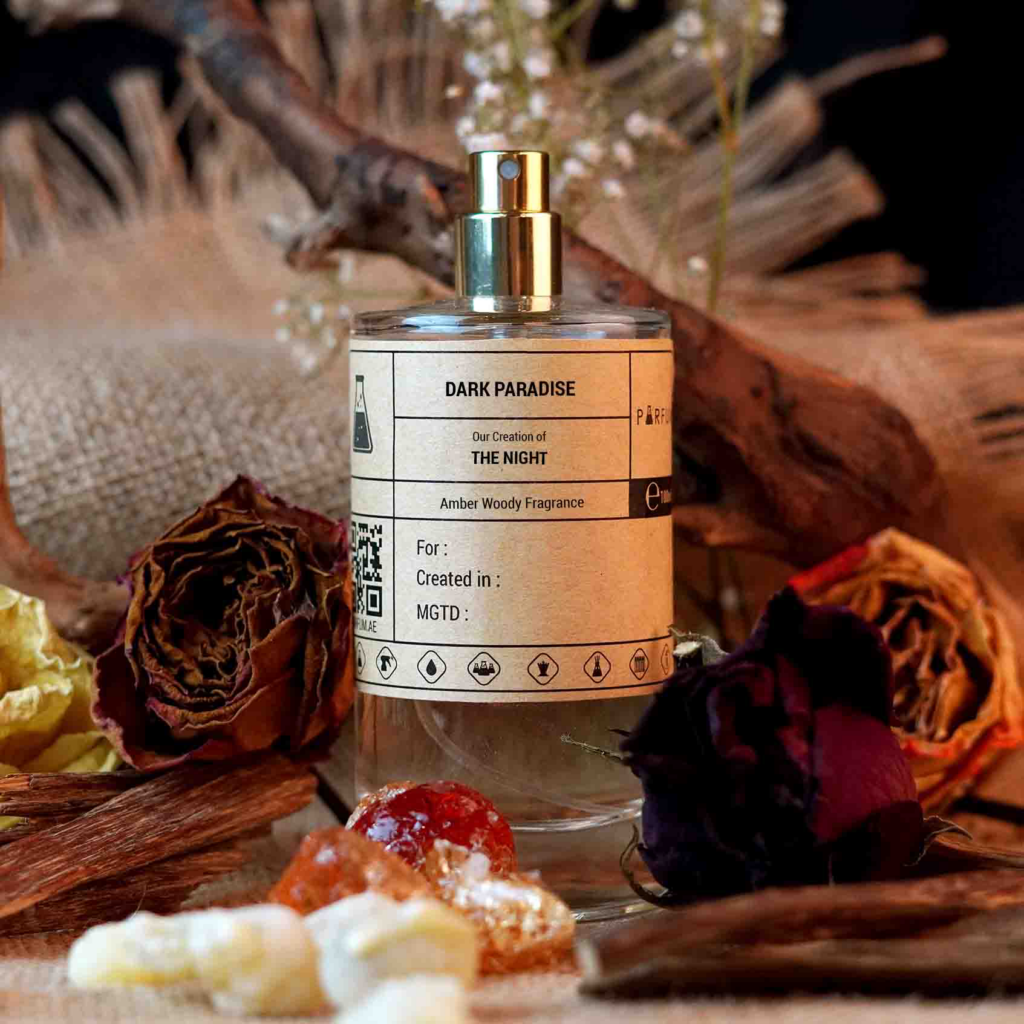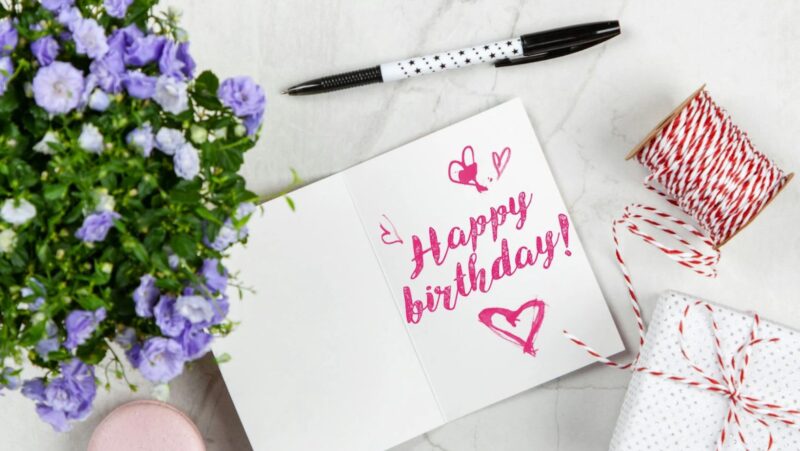
In the realm of fragrance, Arabic perfumes stand out as an embodiment of tradition, artistry, and elegance. For centuries, these scents have captivated not only the Middle East but also admirers from across the globe, enchanted by their depth, intensity, and the cultural richness they exude. Women’s Arabic perfumes, in particular, are more than mere fragrances—they’re a celebration of timeless beauty, a story of heritage, and a crafted treasure that pays homage to the art of perfume-making. This tradition offers women a fragrance experience steeped in the history of oud, rose, saffron, and other exotic notes, carefully blended to honor age-old practices.
This article examines why women’s Arabic perfumes are celebrated as the epitome of elegance and a symbol of tradition. From unique ingredients to their cultural significance, let’s uncover the elements that make these perfumes a cherished and prestigious choice for women.
The Legacy and Origins of Arabic Perfume
The story of Arabic perfume stretches back thousands of years, with ancient civilizations like the Egyptians, Babylonians, and Sumerians pioneering the use of fragrant oils. In Arabian culture, however, perfume-making became an essential part of both daily life and religious practice. Rich in ingredients such as amber, frankincense, and myrrh, early Arabic perfumes were treasured, not only for their pleasing aromas but also as symbols of purity and divine essence.
For women, perfume symbolized femininity and refinement, and it became a staple in Arab homes, symbolizing welcome and warmth. Women perfumes in Arabic tradition evolved from simple oils to complex blends, eventually becoming a revered craft that blended aromatherapy with artistry. Today, brands continue this legacy, offering modern interpretations of traditional scents while honoring the roots of Arabic perfume-making.
Exquisite Ingredients That Define Arabic Perfumes
The hallmark of Arabic perfumes lies in their ingredients. Unlike many commercial fragrances, which often rely on synthetic notes, Arabic perfumes use a blend of rare, natural elements that are highly valued both for their fragrance and their therapeutic qualities.
- Oud (Agarwood): Known as “liquid gold” in the fragrance world, oud is arguably the most prized ingredient in Arabic perfumes. Derived from the resinous heartwood of the Agar tree, oud has a rich, deep aroma that’s smoky, earthy, and complex. It lends an alluring, almost mystical quality to perfumes, embodying sophistication.
- Rose: While roses are used globally, the Taif rose—native to Saudi Arabia—is particularly special. It’s cherished for its intense scent, which has a soft sweetness combined with a hint of spice. Roses symbolize love and beauty, making them an ideal addition to perfumes crafted for women.
- Amber and Musk: These notes add warmth and sensuality to the fragrance, making it captivating yet comforting. Amber’s resinous warmth blends beautifully with musk, which, in Arabic perfumes, offers a velvety, grounding aroma. Together, they create a fragrance profile that feels both rich and welcoming.
- Saffron: A rare and expensive spice, saffron adds a golden, slightly bitter touch to the blend, balancing sweetness with a subtle hint of earthiness. This note symbolizes luxury and is used sparingly to elevate the perfume’s character.
The use of such ingredients results in a scent that’s layered and intricate, evolving over time and adapting to each wearer’s body chemistry. This dynamic quality makes Arabic perfumes not just a fragrance but a personal experience.
Craftsmanship and the Art of Blending
Arabic perfume-making is an art that combines science, intuition, and patience. Each bottle is crafted with precision, with master perfumers blending various essences to achieve the perfect balance of scent. The process involves macerating essential oils, which allows the ingredients to merge and mature over several weeks or even months. This slow, deliberate process is what gives Arabic perfumes their longevity and depth.
For women’s Arabic perfumes, the focus is on creating a scent that not only complements but also accentuates the grace and strength of femininity. The blending process emphasizes harmony among the fragrance notes, ensuring that no one note dominates but rather all work together to create an experience of elegance. The result is a perfume that’s complex and long-lasting, unfolding in layers and making a lasting impression.
Cultural Significance and the Ritual of Perfume in Arabic Society
Perfume holds a revered place in Arabic culture, with roots deeply embedded in social and religious customs. In many Arabic households, offering perfume to guests is an act of hospitality and respect. Women’s perfumes, especially, are seen as a representation of grace and dignity, reflecting an appreciation for beauty that goes beyond appearance.
Traditional Arabic gatherings, weddings, and celebrations often incorporate perfumes as an essential part of the event. The scent adds to the ambiance, creating a sense of occasion and underscoring the importance of the event. For women, wearing perfume is more than just a beauty routine—it’s an expression of identity and an homage to heritage. It’s a way to connect with their cultural roots, even as modernity influences their lives.
The Timeless Appeal of Women’s Arabic Perfumes
Arabic perfumes for women have an enduring appeal due to their unique characteristics. Unlike Western perfumes, which often focus on light, fleeting scents, Arabic perfumes are known for their richness and staying power. The oils used in these fragrances adhere to the skin, developing over hours and creating a unique scent profile that is both intimate and expressive.
Women’s Arabic perfumes are designed to capture attention and evoke emotion. The depth of the scent, combined with the tradition it represents, makes these perfumes a statement of elegance and sophistication. Whether used for daily wear or special occasions, these perfumes provide a sense of individuality and confidence, making them highly sought after in the world of luxury fragrance.
A Modern Take on Tradition with Arabic Perfume Brands
Today, as Arabic perfumes gain international acclaim, brands are innovating while respecting tradition. Companies like PARFUM.AE have bridged the gap between traditional Arabic scents and contemporary fragrance trends, offering products that appeal to a global audience while maintaining authenticity. These modern interpretations retain the quality and luxury of traditional Arabic perfumes but are crafted to suit the preferences of the modern woman.
This evolution has allowed Arabic perfumes to reach a wider audience, including women who seek a signature scent that stands out. The intricate packaging and presentation of these perfumes further add to their allure, making them not only a product but also an experience of luxury.
Why Arabic Perfumes Remain a Symbol of Elegance and Tradition
In a world where trends come and go, the tradition of Arabic perfume-making stands as a symbol of endurance, artistry, and cultural pride. Women’s Arabic perfumes represent the confluence of history, craftsmanship, and individuality. They are more than fragrances—they are a bridge to a rich cultural past and an expression of elegance that has been cherished across generations.
By choosing these perfumes, women embrace a scent that resonates with heritage and sophistication. Each bottle holds a piece of history, making every wear a moment of connection to an ancient art form. It is this blend of tradition and elegance that makes women’s Arabic perfumes not just a fragrance choice, but a celebration of identity and refinement that transcends time.













